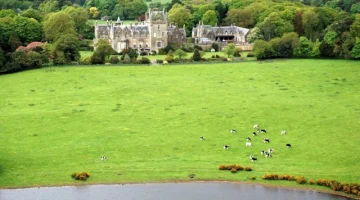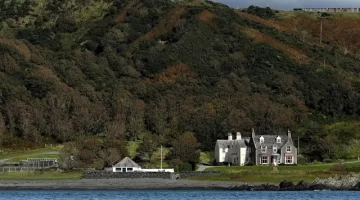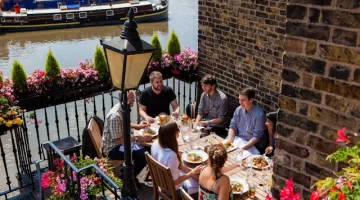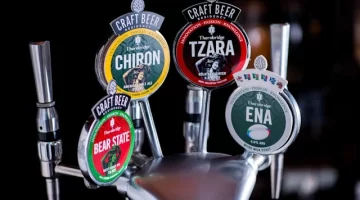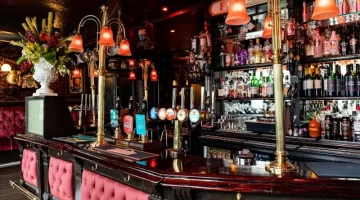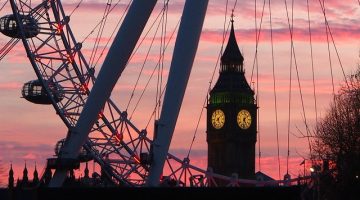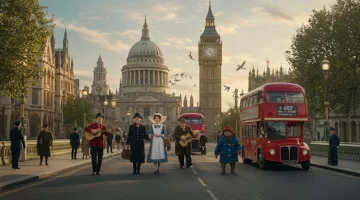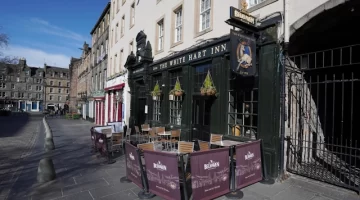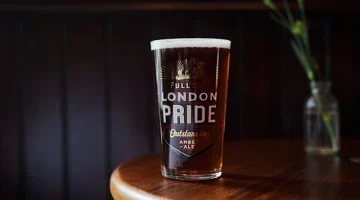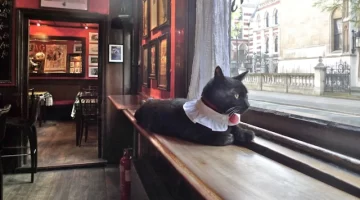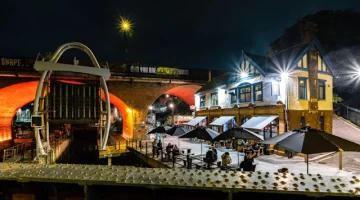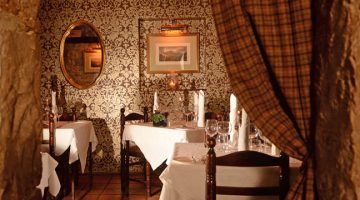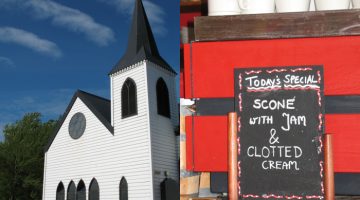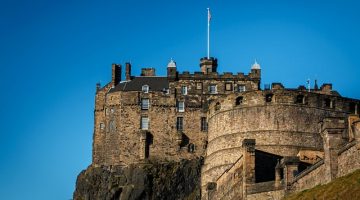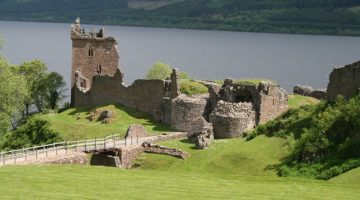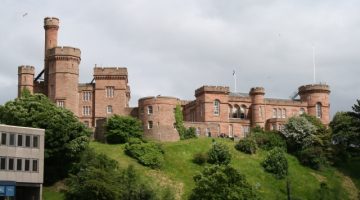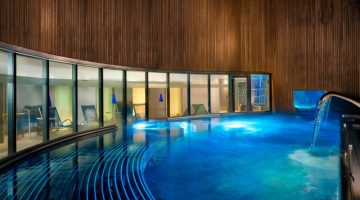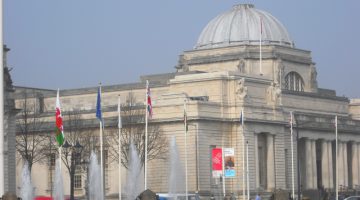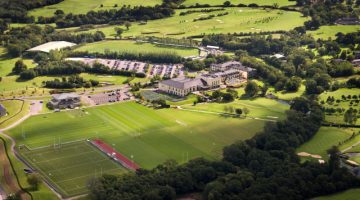Beside the Seaside in North Norfolk
Mike Gerrard discovers that time travel is possible, on a drive beside the seaside in North Norfolk.
Time travel is possible, I’ve discovered. Within an hour of where I live, on the Norfolk/Cambridgeshire border, is a time-warp that takes me back to my childhood holidays, when beaches were always big and sandy, there were rock pools to explore, the sun always shone, there were pretty little seaside towns that had real harbours with fishing boats in them, and most important of all: people had time. They had time to talk, to admire the scenery, to eat fish and chips and simply appreciate being alive.

You pass through the time warp just beyond King’s Lynn (1, see map), as you head for the North Norfolk coast. Ignore the temptation to go and visit the Queen in Sandringham (2), and drive instead to Hunstanton (3). Then follow the coast road around to the east as far as Cromer. Inbetween those two spots is a unique part of the English coast. You won’t need a map: just go where the fancy takes you, because there’s nowhere you need to avoid.
Click on the map to see the interactive version
Pack plenty of patience as time moves more slowly in the past, and so do the drivers. You might have to wait while a tractor trundles along the road hauling a cartload of hay, or an elderly couple crawl along, blissfully ignoring the queue of cars behind them. And they might just be right, as if you’ve nowhere special to go, what does it matter how long it takes you to get there?
If you’re going to head inland a little, you should head for Burnham Thorpe (4), one of a clutch of Burnhams sitting close together. Why here? Because it’s the birthplace of Lord Nelson, that’s why. The old rectory in which he was born has since disappeared, but you can still see the font where he was baptised in the local church.

Photo by Elliott Brown
I’d visited the Burnhams before so decide to move on, but if you’re a first-time visitor don’t miss out on Burnham Market, Burnham Norton, Burnham Deepdale or Burnham Overy Staithe (5).
This last one straddles the A149, the main coast road, and after leaving here heading east you should watch for the signs for Holkham Hall (6). It isn’t the prettiest of country houses, but it makes up for it by offering plenty to do (museums, galleries, gardens, crafts, walks) and a great history behind it. It’s the home of the Coke family, one of whom, Thomas Coke (1752-1842), was an innovative agriculturalist who succeeded with a much-mocked plan to turn the poor and salty land around the family estate into sheep pasture.

On the other side of the A149 you can see what the land used to look like, and thankfully it has been left in its original state and is now a wonderful nature reserve looked after by English Nature. In fact most of this Norfolk coastline is rich in wildlife, and wherever you walk you’re likely to come across flocks of birdwatchers laden down with telescopes and binoculars. Near the beach at Holkham I find a man with a woolly red hat on, staring intently at some birds on the very edge of the water.
‘What’s that one with the red legs?’ I ask him, as I’m not well up on my waders.
‘A redshank,’ he replies, not bothering to hide the scorn in his voice.
Oh yes,’ I say, ‘I suppose it would be.’
I quietly walk on, leaving him to it. It serves me right. I once brought a friend from London out here and we went for a walk. She was a real townie, who jumped with excitement at the sight of a sheep or a cow. ‘Oh look,’ she said one time. ‘What’s that black bird?’
‘It’s a blackbird,’ I explained.
‘Really?’ she went on. ‘How can you tell?’

I suppose the clue’s in the name, as it is for my next stop, Wells-next-the-Sea (7). Wells is one of the most delightful coastal towns in England, bar none. It manages to combine a seaside holiday atmosphere with a working harbour, amusement arcades and fine dining (try The Crown), with narrow back streets and a large open green called The Buttlands. There’s nothing particularly to see in Wells, it’s just a lovely place to be beside the seaside.
Sadly I can’t be there for too long, as I want to pack a bit more into my day’s drive. I stop at Stiffkey (8, pronounced Stewkey) and Cley (9, pronounced Cly to rhyme with sly) before winding up in Sheringham (10, pronounced Sheringham). This is another lovely seaside resort, and as I stroll along the seafront sniffing the ozone I realise it’s now early evening, I’m two hours from home, and I won’t have time to take in Cromer (11), famous for Cromer crab. However, I happen to know that many Cromer crabs actually come from the fishermen here in Sheringham. A pub called The Lobster sounds promising, so I have some Sheringham Crab Cakes, and very nice they are too. But then it really is time to get going, leaving Cromer for another day, and soon I’m heading down the A149 again and back to the 21st century.


